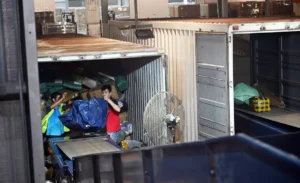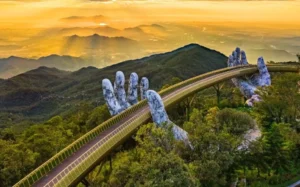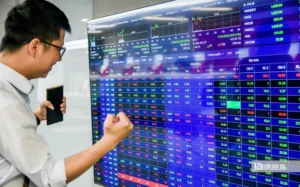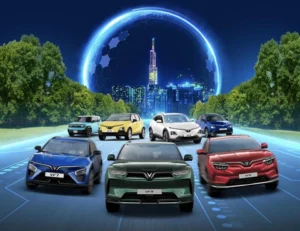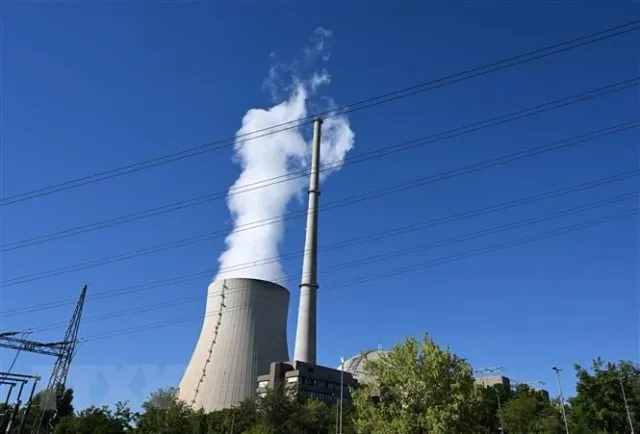Nuclear energy, with increasingly safer technology, is considered a solution to ensure energy security for European countries.
The age of nuclear power
Nuclear power has long been known as a clean, zero-emissions energy source. There was a time when nuclear power was viewed with suspicion due to safety concerns. However, the development of artificial intelligence and large data centers is driving huge demand for electricity. Along with that, there are ambitious emission reduction targets by mid-century. In the US, nuclear power is being reactivated.
Few thought the cooling towers of the Three Mile Island nuclear power plant would ever be able to blow smoke again. A catastrophic accident in 1979 shut down one of the plant’s reactors. The other reactor was idled due to pre-Covid losses. But now it has been restarted, marking a new chapter for a plant that was once seen as a promise of the future, as CNBC commented.
The plant was revived by a deal with Microsoft. The tech giant has a 20-year contract to buy electricity from the plant, which will be used to power data centers, cloud computing services and artificial intelligence.
This is the time of nuclear energy as Power Magazine commented. Over the past few months, many nuclear power plants have revived in the US. A series of states such as Virginia, Washington, Texas, Tennessee are all rushing to issue policies to develop large and small nuclear power projects.
At the federal level, the US government has just released a bold plan to triple the country’s nuclear power capacity by mid-century. The plan calls for 200 GW of nuclear power by 2050. The roadmap calls for the nuclear energy ecosystem to be reactivated by 2035 with 35 GW of new capacity. From 2040, it will accelerate to adding 15 GW of new capacity each year in domestic and global projects. The US wants to be at the forefront of the coming energy hunger.
Years ago, at climate change conferences, nuclear power was seen as part of the problem, not part of the solution. That has changed. Despite lingering doubts, more and more countries are seeing nuclear power as essential to meeting climate change goals. More than 30 countries have now joined the pledge to triple their nuclear power capacity by 2050.
Europe returns to nuclear power
In Europe, the gas market is less sensitive to the risk of disruptions in supplies from Russia via Ukraine than it was in the first two years of the conflict, as there is more diversity in supply. However, experts say the EU will have to adopt a comprehensive approach to increase energy security. One solution that European countries are choosing is a return to nuclear power.
Nuclear power is making a comeback in Europe. With the exception of Germany, which has abandoned nuclear power, France, Sweden, Poland, the Czech Republic, Bulgaria and Romania are promoting a resurgent energy source.
European leaders are no longer shy about advocating nuclear power. The Libero newspaper in Italy quoted the country’s Prime Minister as saying that “nuclear energy is necessary for the future.” Giorgia Meloni asserted that “we need to combine energy sources in a balanced way to improve the transition process.” For Italy and other EU member states, nuclear power not only helps achieve emissions reduction targets sooner, but also means energy sovereignty, reducing dependence on gas and oil, which are still imported.
The European Union’s ambitions in this area are huge, according to the French newspaper L’Opinion. Last May, European countries, together with the UK, set a target of building “30 to 45 more nuclear reactors, while also developing a small-scale reactor model”. “France, the UK, the Czech Republic, Poland and Hungary have started construction”, “a number of other countries have announced specific plans”. A series of listed companies in the industrial and service sectors will have more contracts from projects to build new nuclear power plants.
The design and manufacture of small reactors is attracting investors for a reason: most of these projects are carried out by private corporations. As the Spanish newspaper Faro de Vigo describes it, “a small reactor is only one-tenth the size, but has a capacity equivalent to one-third of a traditional reactor.”
More than two years after Russia restricted supplies, Europe is still struggling to protect its energy system. While the EU has diversified its sources of supply, the risk of disruptions and rising demand due to cold winter weather pushing up gas prices could put additional pressure on consumers and businesses. Against this backdrop, nuclear power, with its increasingly safe technology, is seen as a solution to ensure energy security for European countries.


